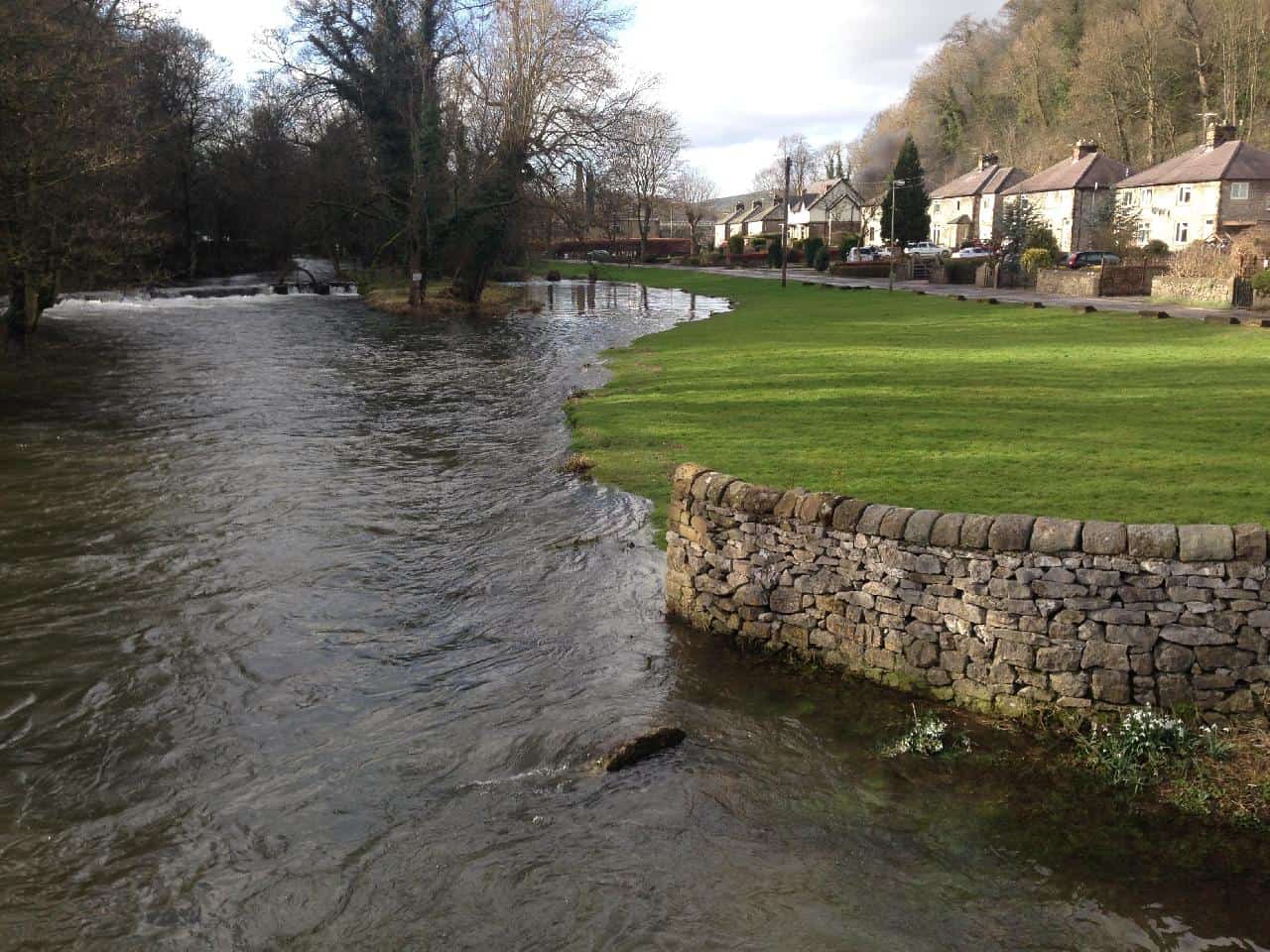Did you know that flooding is a leading cause of damage to homes? It can cause catastrophic damage.
The best way to protect your home, family, and finances is to prepare for the worst.
Wondering how to protect against flooding? Keep reading to find out how to stay free from harm and safeguard what matters most to you in the event of a flood.
1. Get Flood Insurance
It’s important to understand how likely you are to suffer a flood. The FEMA Flood Map Service can help you to find the flood risk in your area.
Once you understand the risk in your area, you can then work with your flood insurance agent to understand the specific flood risk to your home.
It’s important to find out your flood level, which is the height that floodwaters could rise to. Ideally, your home is above the flood level.
Standard homeowners’ insurance doesn’t usually include protection against flooding. You will need to purchase specific flood insurance, so explore your local options.
2. Protect Your Electrical Systems
Raise your switches, sockets, outlets, and wiring. Ideally, they should be at least one foot higher than your flood level. This means that you should be able to minimize electrical damage if your home is flooded.
Not only could this save you time and money, but it can also help you avoid extra damage caused by damaged electrical systems.
3. Prepare Your Internal and External Appliances
Don’t forget to protect your home appliances too. Raise these as high as you can above flood level, and make sure that they’re safely secured. An easy and inexpensive way to do this is to place them on top of concrete blocks.
Appliances that should be raised above flood level include washing machines, dryers, water heaters, generators, furnaces, and air conditioning units.
4. Safely Store Your Important Documents
Protect important documents that are at risk of destruction if your home is flooded. These documents can include passports, medical records, insurance papers, and birth certificates.
Keep the originals in a waterproof safety deposit box. It’s also highly recommended that you make copies. Store these separately, in a safe and dry place.
5. Install Pipe Valves
If flooded, a sewer system can cause sewage to back up into your home. This can do even more damage to your property and everything in it.
All pipes entering your home should have valves to stop this from happening. Options available include flap, check, and gate valves.
Gate valves are widely considered the best type to use. They’re operated by hand, and they provide stronger seals than the alternatives.
How to Protect Against Flooding
Flooding is a powerful natural disaster that can feel overwhelming and unavoidable. But that doesn’t mean that you’re helpless.
Follow our 5 steps on how to protect against flooding, and reduce the risk and damage done to your home and belongings.
After that, take a look at some of our other hopeful home tips.
Discover more from Futurist Architecture
Subscribe to get the latest posts sent to your email.



